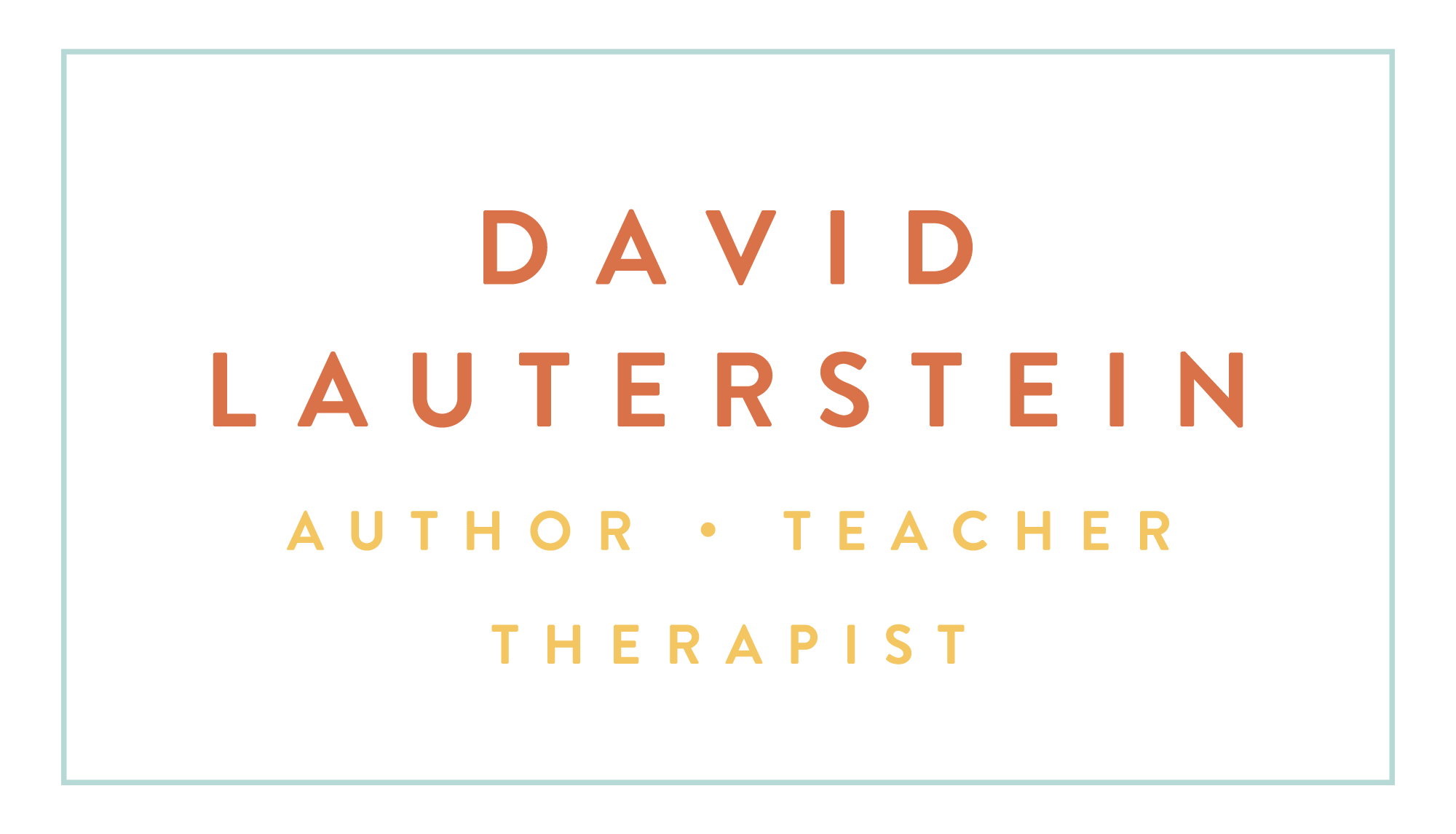ART AND BODYWORK AS A BEAUTIFUL ATTACHMENT DISORDER
This was inspired by a provocative on-line talk by psychoanalyst, Peter Merritt Dobey. He was speaking to the idea that people who become artists have a something resembling a psychosis. That is, they have early frustration of attachment that leads them toward artistic expression of what might have been, early in life, shared existential expressions and experiences of love, especially from the infant to and from the mother in the first years of life.
For an infant, the relationship with the mother is, for a time, their whole world. If the mother is not fully available, then the infant may, instead of just the mother, prematurely take to the wider world as their primary relationship. This is similar to a child who may not fully experience the loving physical affection from the mother, prematurely walking to find more sources of attention and affection. Perhaps she or he may become more athletic. In the case of the artist, they may feel acutely, if unconsciously, the loss of what they most wanted. They know what they’re missing. That knowledge guides them to realize it in other ways – in the artist’s case, through their creative processes and artworks.
They find themselves eventually making something that reflects that loss and its opposite, the truth, love and goodness that didn’t fully manifest at first. They recognize that in their art.
This could be considered a case of “premature sublimation.” In scientific terms, sublimation is the transition of a substance directly from a solid-state to a gas state. It does not pass through the usual liquid state, and only occurs at specific temperatures and pressures. In an infant it can be the transition from a solid bond with the mother to the more diffused state that will try to connect with other people and things in their environment.
This leads the child and later the adult, if they gravitate to art, to try to establish this vital sense of connection, not with a person but with a series of notes, some colors, shapes, some words, or through gestures in touch or dance. This is the power and the inherent tragedy in the mistaken identity, the “psychosis” that underlies all art. For the artist there is this attachment to color, words, tones, gestures as media with which to compensate for the early lack of attachment. Without the attachment to their medium, the artist could fall into despair, not living fully, thus it is a necessary illusion that perpetuates the creative process. It keeps our love and hope alive – even as, in a sense, color, words, tones and gestures cannot completely fulfill the deepest level of these desires. That keeps us searching and keeps us going!
A person doing bodywork or bodymind work is certainly a kind of artist. We likely all had frustrations very early on in connection with the love and the touch we needed. As a result we find ourselves wanting to touch and be touched in ways that invite us and our clients to reconnect in a deep way. We imagine and hope that our touch can be redemptive for each client; that not only will they reconnect with an experience which is healing for physical pain or tension, but also perhaps reconnecting them with who they most deeply are – to believe in themselves and to access the truths which lie deep and uniquely within themselves. In that sense it is no different than art except that art aims at a general audience, while bodywork aims at the unique individual on our table.

